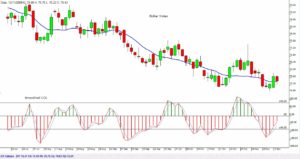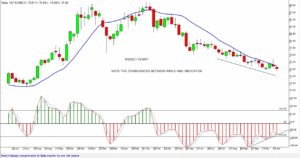CNBC-TV18 anchors, mainly Udayan and Mitali, track the Dolalr Index every day. In the last few days, the Index hit 75, which was the lowest since August 2008. The lowest level of the Index is 70.70 in Mrach 2008.
Now, the Dollar Index is actually a basket of currencie against which the value of the Dollar is measured. There are six currencies but the Euro is the most important. Here are the weights:
Euro = 57.6%
Japanese yen = 13.6%
British pound = 11.9%
Canadian dollar = 9.1%
Sweden krona = 4.2%
Swiss franc = 3.6%
So, the Dollar Index is heavily influenced by the Euro, and, remember that the Swiss Franc is closely related to the Euro so the influence is actually more than visible.
When the Dollar rises in value to the currencies listed above, the Dollar Index moves up. The Index measures the strength of the dollar.When the Dollar Index falls, it means that the Dollar is getting weaker. (As the Index falls, I.T. stocks in India face heavy weather because the Rupee may be getting stronger.)
Anticipation of a weak dollar pushes money into emerging markets. The arithmetic goes something like this: One dollar fetches Rs 48. So an investor sells his dollar, buys the Rupee and invests Rs 48 in Indian stocks. Let us say that the market remains where it is. The dollar becomes weaker and now fetches only Rs 44. The Investor can sell his shares for Rs 48 and buy 1.1 dollar (approx) and send this money back. Therefore, a weak dollar encourages movement of capital to emerging economies.
The reverse will be true if the Dollar begins to appreciate.
Below is the chart for the Dollar Index. At Technical Trends, we provide data for this and many other international instruments.

Here is the weekly chart, giving a long term perspective.


